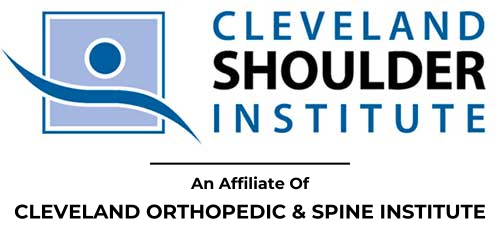Richard Grell, Hudson, Ohio
Facing the decision to have a total shoulder replacement surgery isn’t easy for anyone. For Richard Grell, the idea was very intimidating. As an expert Windsor chair maker for the last 45 years, Richard is completely reliant on having two strong shoulders to make a living.
The detailed work involved in making these chairs in a traditional manner includes using a variety of specialized tools to cut and grate the wood evenly. The craftsmanship and work involved in the cutting of the timber, then splitting, shaping, steam bending, carving, turning, finishing and painting each piece is incredible. Many have compared this type of detailed and artistic carpentry work to a form of sculpting. Each of Richard’s hand-crafted pieces of furniture is shaped from solid pieces of wood, made straight from the trees and shipped to clients all over the world.
When Richard injured his shoulder doing yardwork, it was immobilized to the point he couldn’t use it at all. He was relieved to learn from his primary care doctor that we had one of the best shoulder surgeons in the country living in Northeast Ohio.
“When I first met Dr. Gobezie, I knew it was a great opportunity to meet someone who was passionate about what they do. He explained everything, and gave me great confidence in what I was about to undergo,” said Richard.
Dr. Gobezie diagnosed Richard’s massive rotator cuff tear and recommended the total reverse shoulder replacement. He knew how important it was for Richard’s shoulder to be back to full mobility as soon as possible. Richard was counting on this.
A reverse total shoulder replacement switches the articulation in the shoulder, a ball is now being implanted on the shoulder socket side, and a new socket is put in place of the native humeral head. The deltoid muscle now acts as the major contributor to the shoulder movement instead of the rotator cuff muscles. Typically, patients are instructed to stay in a sling for one week after surgery but can get out of it to use the arm for their daily living activities. One possible drawback to repairing the shoulder using the reverse procedure is that patients may not be able to reach behind their back as well. However, most of the patients show incredible improvement in the first couple of months and by one year, will have maximum range of motion.
“I had my surgery on a Monday. Tuesday, I went home and started my physical therapy and was back in my shop working on Friday,” said Richard, who was extremely careful and followed Dr. Gobezie’s advice and instruction when he started his physical therapy program.
A year after his surgery Richard received the largest commission he had ever had from the University of New England. The project called for 56 chairs, some set tea and tea tables. “I worked on the commissioned project for seven months straight, only taking off a few days for holidays, and my shoulder never gave me the slightest problem. The wood chips under the bench were like a mountain,” said Richard, who maintained his physical therapy exercises while he was working on the project. It was a great test of his shoulder strength, and he passed with flying colors.
Luckily, staying mentally and physically active helped to set Richard up for success. As everyone ages differently, Richard’s active lifestyle played a pivotal role in his speedy recovery. Richard had always stayed active while working on the farm he and his wife, Gay, purchased from his grandfather.
“I have had friends with shoulder issues; some with surgeries of varying degrees of success with other doctors. My experience with Dr. Gobezie and his staff was so positive I have recommended him and will continue to recommend him highly,” said Richard.
